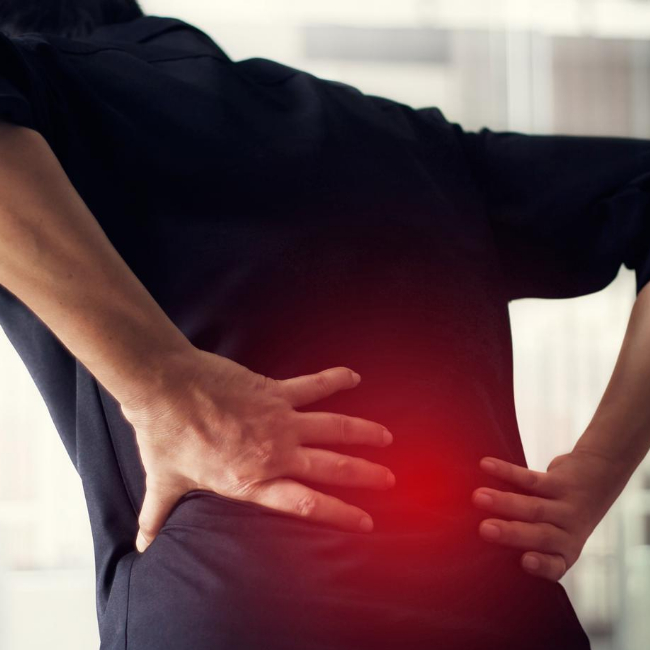Laminectomy

What is a Laminectomy?
Laminectomy is one of the most common back surgeries. This spine surgery is performed to create space by removing the lamina – the back part of a vertebra that covers your spinal canal. Also known as decompression surgery, laminectomy enlarges your spinal canal to relieve pressure on the spinal cord or nerves.
This pressure is most commonly caused by bony overgrowths within the spinal canal, which can occur in people who have arthritis in their spines. These overgrowths are sometimes referred to as bone spurs, but they are a normal side effect of the aging process in some people.
Laminectomy is usually done for back or neck pain that continues after medications and physical therapy are no longer effective. It is also performed when the pain is accompanied by symptoms of nerve damage, such as numbness or weakness in the arms or legs. Loss of bowel or bladder control from pressure in the cervical or lumbar spine also usually needs surgery. It is generally used only when more conservative treatments – such as medication, physical therapy or injections – have failed to relieve symptoms. Laminectomy may also be recommended if symptoms are severe or worsening dramatically. Dr. Paraiso has successfully performed thousands of laminectomies over his career to help patients suffering from back pain.
When is a Laminectomy Done?
A laminectomy is often perfromed to relieve the effects of spinal stenosis. In this condition, your spinal column narrows and puts pressure on the spinal cord or nerves. Spinal stenosis may be caused by:
- Shrinking of the discs of the spine and swelling of the bones and ligaments, which both occur with aging
- Arthritis of the spine, which is more common in older adults
- A congenital defect, or defect present at birth, such as abnormal growth of the spine
- Paget’s disease of the bones, which is a condition in which bones grow improperly
- A tumor in the spine
- A traumatic injury
- A herniated or slipped disc
The Laminectomy Procedure:
During a laminectomy, Dr. Paraiso will make an incision over the selected vertebra and spread the muscles apart. He will then remove the bony arch of the posterior part of the vertebra (lamina) to ease the pressure on the nerves in the area. This may involve removing bone spurs or growths, or removing all or part of a disk. In some cases, spinal fusion may be done at the same time. During a spinal fusion, the Dr. Paraiso will connect two or more bones in your spine. The incision will then be closed with stitches or surgical staples.
Risks:
Laminectomy is generally a safe procedure. But as with any back surgery, complications may occur. Potential complications include:
- Damage to a spinal nerve
- Unsuccessful treatment, which can lead to pain that persists after surgery
- A return of back pain, particularly after spinal fusion
- An infection in the surgical site or vertebral bones
- Bleeding
- Blood clots in the legs or lungs
- Spinal fluid leak
- Risks linked to the use of general anesthesia
Recovery Time:
Your recovery time will depend on the extent of your surgery and your own personal health. After a minor (decompressive) laminectomy, you can return to light activity (desk work and light housekeeping) within a few days to a few weeks. If you also had spinal fusion with your laminectomy, your recovery time will likely be longe. Your spine doctor may not advise a return to full activities involving lifting and bending for two to three months. You should start light walk and exercise as soon as your spine doctor says you are ready. If you have had a lumbar laminectomy and discectomy to help you treat your sciatica, you may benefit from physical therapy after surgery. Your physical therapist can work with you to help you improve your overall mobility so you can quickly and safely return to your normal activity and function.
Success Rate:
Most people report measurable improvement in their symptoms after a laminectomy, particularly a decrease in pain that radiates down the leg or arm. But this benefit may lessen over time if you have a particularly aggressive form of arthritis.
Contact Dr. Paraiso today of if you are suffering from back pain to learn what are the best treatment options available.


